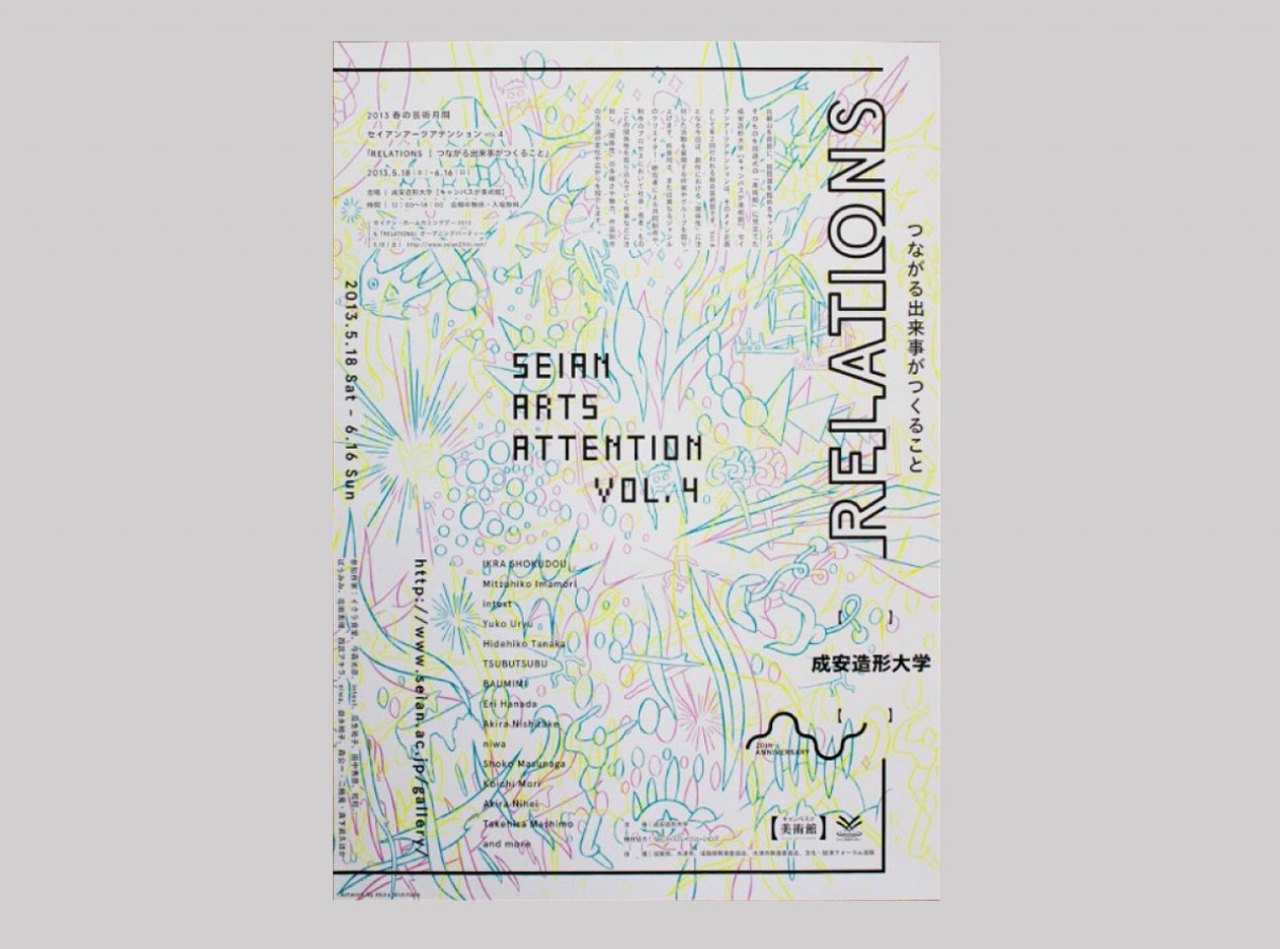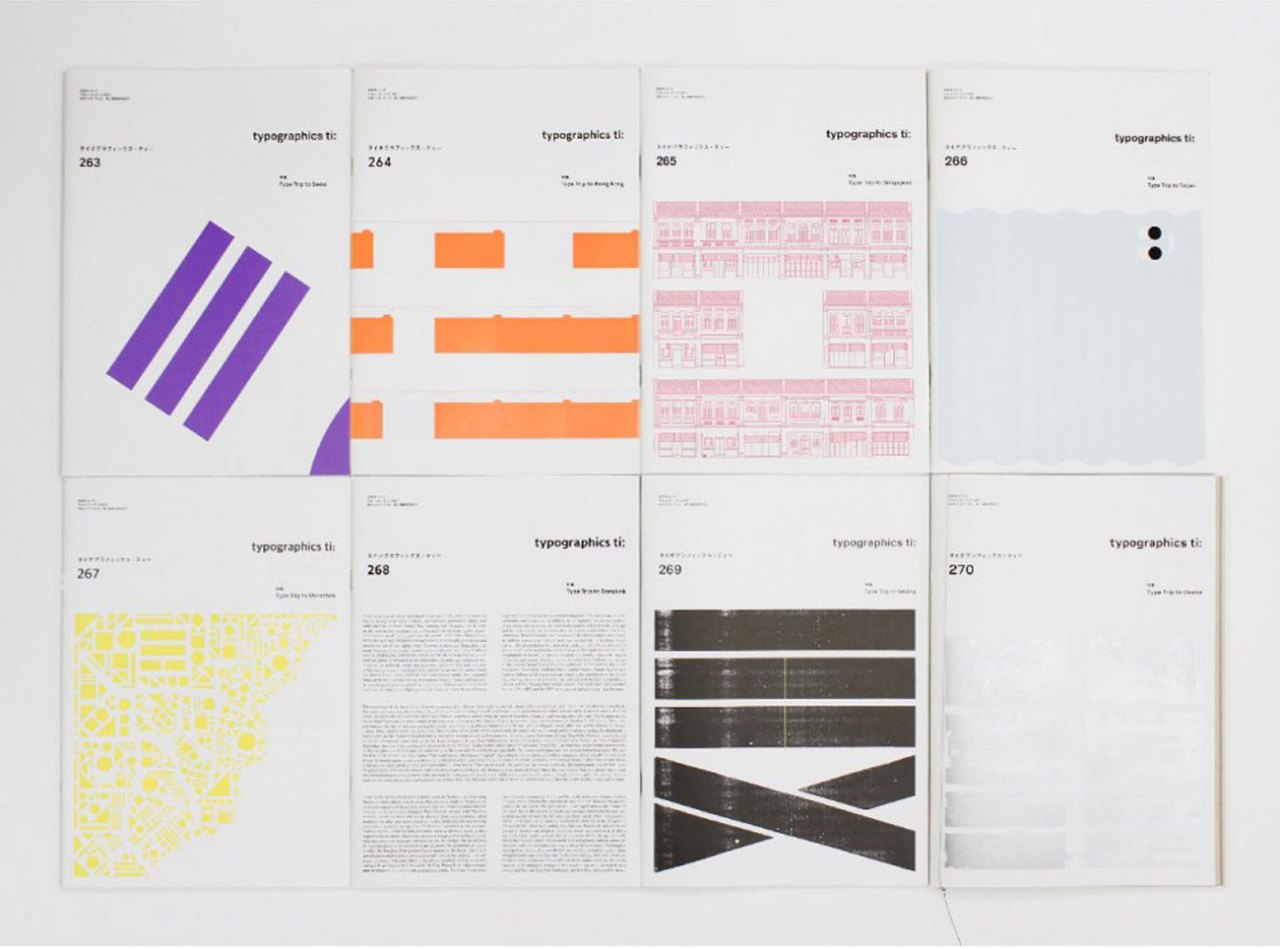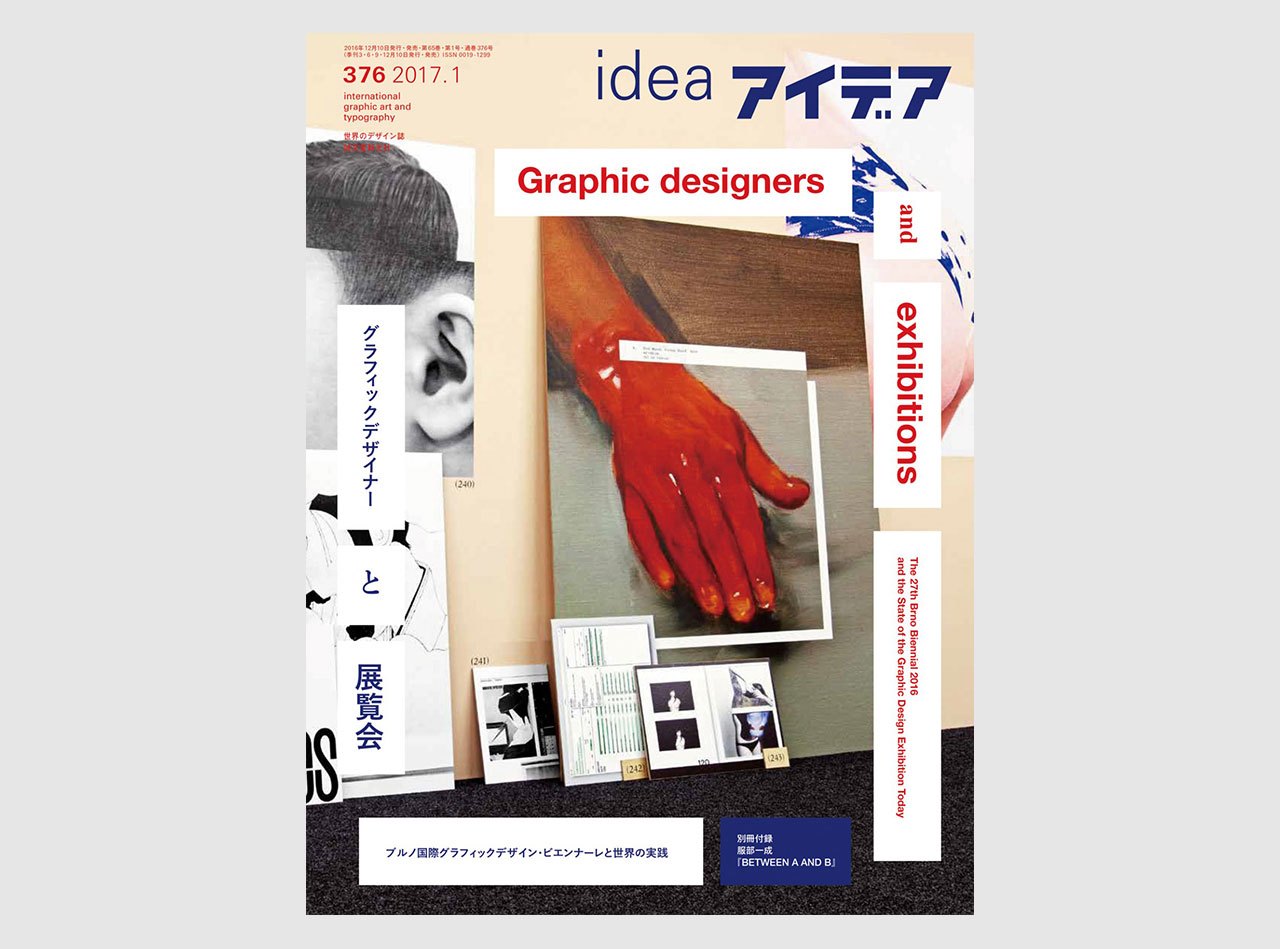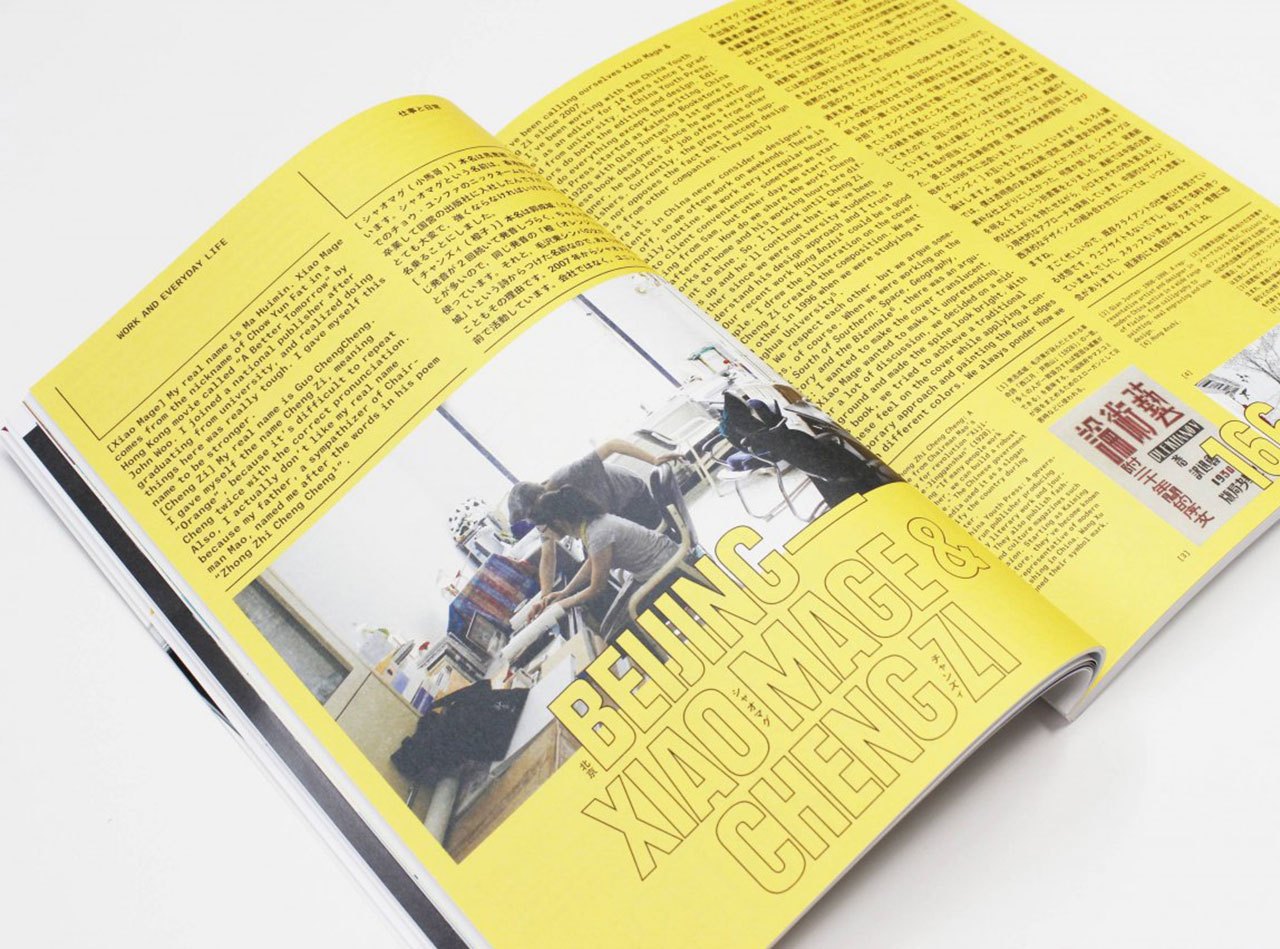Concept
I’m very interested in how the concept of design—a phenomenon of western culture and history—could be translated into our culture. What most people in Japan call design is craft or art. The more abstract approach to form artifacts, which is a characteristic of design, is rather new in Japan and other Asian countries.
[…] We have no “western” sense of efficiency. After working some time in Europe, I realized that western people are often driven by logical thinking. They tend to plan the whole (design) working process. And when they reach the planned endpoint, for them, work is completed.
In Japan, we don’t set our goals before we start. Our “briefing culture” is very vague. I would put it this way: We are making things while thinking. We don’t come up with the thought first. We start following a promising path towards a rather vague idea, curious about where it takes us. Along the way, we might already go pass the point that we need to go, but we don’t even realize it. That’s what might look extreme to western people. Japanese people are taught to work thoroughly, deeply. Stopping halfway is not a good thing in our culture. But I have to admit, this makes us not very efficient.
[…] Craftsmanship and detail are important notions in design, architecture, and art. A lot of people would probably also say concept, but in my opinion that’s a self-delusion. I really think that Japanese design is more about composition and refinement. Maybe one could even state that there’s a lack of concept in Japan. I think this has to do with the structure of Japanese society.
Japan is a highly contextual and hermetic society. Only 2 percent of our population is non-Japanese. Although we have some ethnic particularities, like for example the Ainu in Hokkaido, we basically all look the same and are brought up within the same environment, cherishing the same codes of collectiveness. In daily life we don’t really need to explain ourselves. Mutual context creates easy understanding. It may sound funny to you, but almost everything can be communicated without a smart concept—because within a concept, you don’t need a concept.
But, as I said earlier, Japanese graphic designers are getting more and more curious about the concept of concept. Tetsuya Goto













